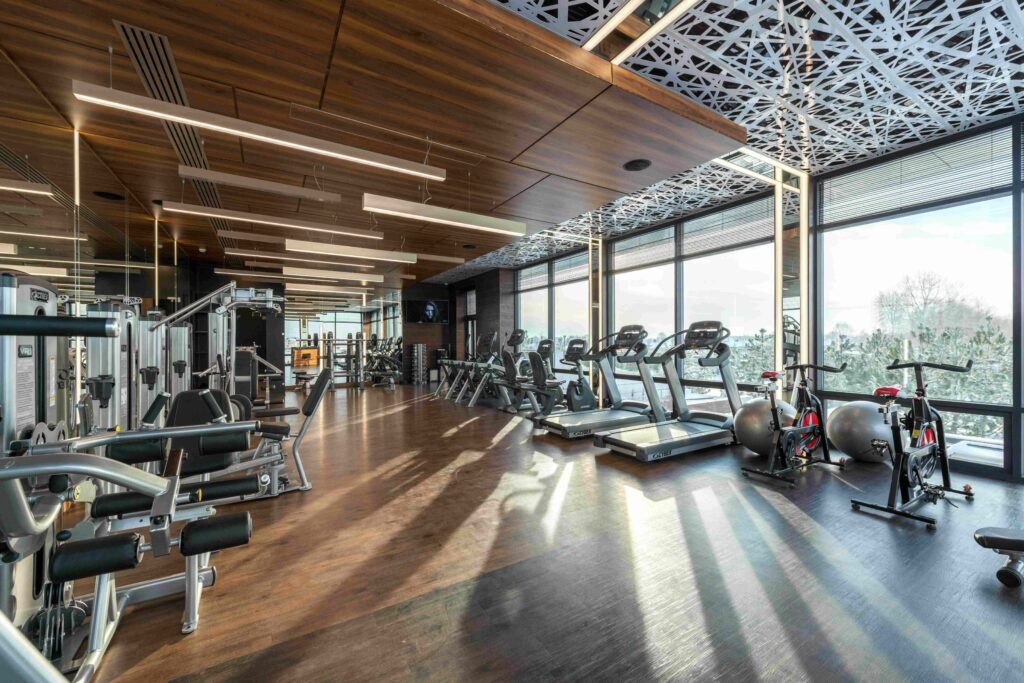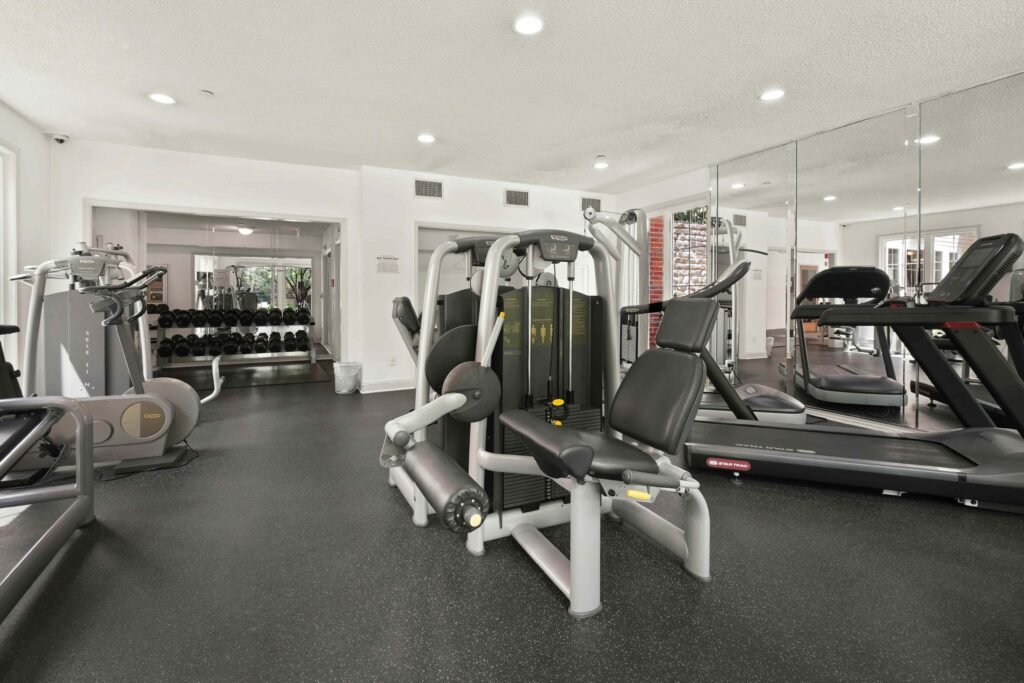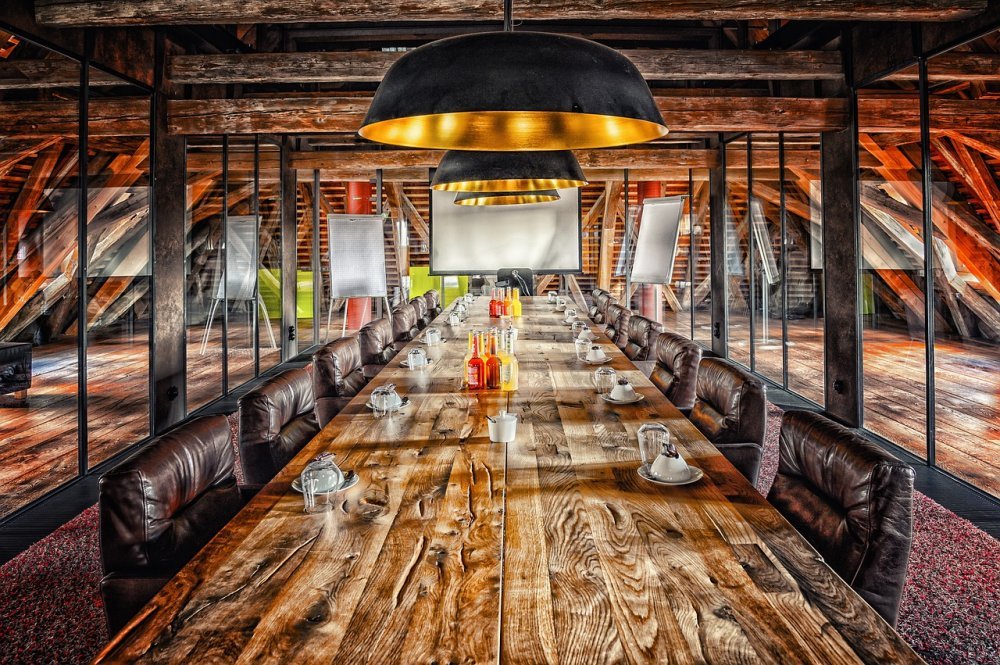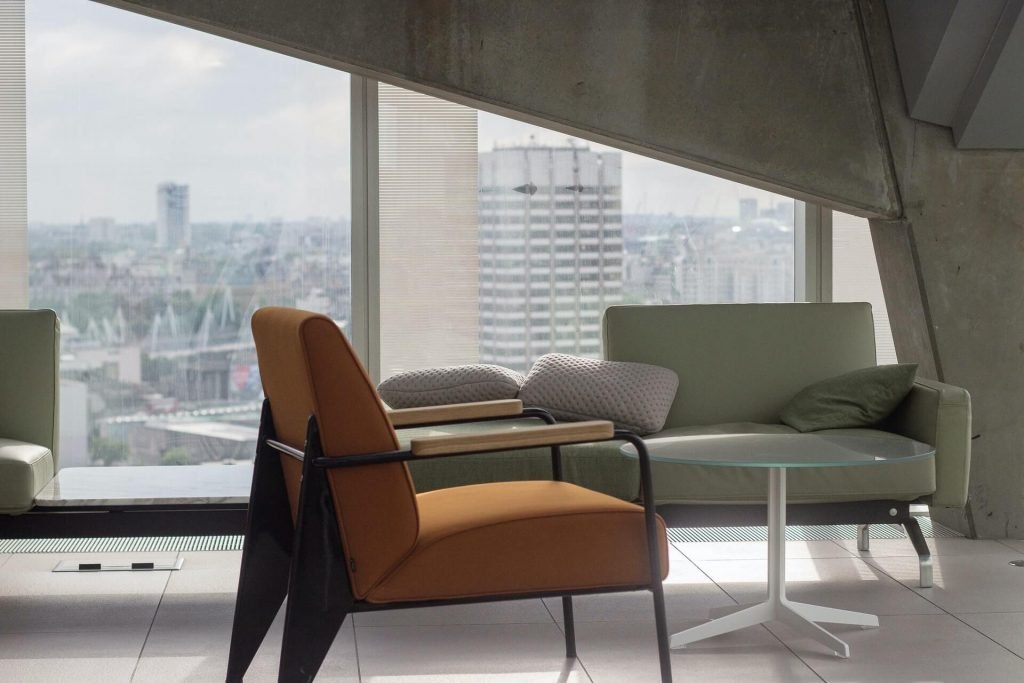Interior design is an intricate art form that marries creativity with functionality. One of the most pivotal aspects of this process is the selection of materials. The right materials can transform a space, imbuing it with character, warmth, and elegance. In this comprehensive guide, we will explore the nuances of interior design material selection, providing you with insights that will help you make informed decisions for your next project.

The Ultimate Guide to Interior Design Material Selection
When it comes to selecting materials for interior design, it’s important to consider both aesthetics and functionality. Start by determining the overall look and feel you want to achieve in the space. Consider factors such as color scheme, texture, and style preferences. Once you have a clear vision in mind, choose materials that align with your design goals.
In addition to aesthetics, it’s crucial to prioritize functionality when selecting materials for interior design. Consider factors such as durability, maintenance requirements, and suitability for the intended use of the space. For example, if you’re designing a high-traffic area like a kitchen or bathroom, opt for materials that are easy to clean and resistant to wear and tear. By carefully balancing aesthetics and functionality, you can create a beautiful and practical interior design that meets your needs and preferences.
Understanding the Importance of Material Selection
When it comes to interior design, the materials you choose are fundamental to the overall aesthetic and functionality of the space. Materials influence not only the look and feel of a room but also its durability, maintenance, and comfort levels. Selecting the appropriate materials involves considering various factors such as sustainability, cost, and compatibility with the desired design style.

Key Factors in Material Selection
1. Durability and Longevity
Choosing materials that are durable ensures that the interior spaces remain functional and visually appealing over time. Hardwood flooring, for instance, is renowned for its longevity and can be refinished multiple times to maintain its appearance. On the other hand, materials like laminate might be more affordable but do not offer the same lifespan.
2. Aesthetics and Style
The aesthetic appeal of materials is crucial in achieving the desired look. Natural stone, such as marble or granite, exudes luxury and timeless beauty, making it ideal for high-end designs. Conversely, ceramic tiles offer a plethora of design options and can mimic the appearance of more expensive materials at a fraction of the cost.
3. Maintenance and Upkeep
Maintenance requirements should not be overlooked. Materials such as quartz countertops are popular for their low maintenance and resistance to stains and scratches. In contrast, wooden surfaces may require regular sealing and care to prevent damage from moisture and heat.
4. Sustainability and Environmental Impact
Sustainability is becoming an increasingly important consideration in material selection. Opting for eco-friendly materials such as reclaimed wood or recycled glass not only reduces environmental impact but also adds a unique character to the design. Additionally, materials with low VOC (volatile organic compounds) emissions are preferable for maintaining healthy indoor air quality.

5. Cost and Budget
Budget constraints are a reality in any project. Balancing cost with quality and aesthetics is essential. For instance, while solid wood flooring is expensive, engineered wood can provide a similar appearance at a lower cost. Similarly, laminate countertops can be a budget-friendly alternative to natural stone.
Popular Interior Design Materials
1. Flooring Materials
Hardwood
Hardwood is a classic choice for flooring, offering warmth and elegance. Available in various species like oak, maple, and cherry, hardwood floors can be stained in different shades to match any decor. They are durable and can be sanded and refinished multiple times.
Laminate
Laminate flooring is a cost-effective alternative to hardwood. It is easy to install and comes in a wide range of designs. Although not as durable as hardwood, it is resistant to scratches and ideal for high-traffic areas.
Tile
Ceramic and porcelain tiles are versatile and durable. They come in numerous styles, colors, and patterns, making them suitable for any room, including kitchens and bathrooms. Porcelain tiles are denser and more water-resistant, making them ideal for moisture-prone areas.

2. Wall Materials
Paint
Paint is the most common and cost-effective wall finish. It offers endless color options and can be easily updated. High-quality paints with low VOC content are preferable for healthier indoor environments.
Wallpaper
Wallpaper adds texture and pattern to walls, providing a distinctive look. It is available in a variety of materials, including vinyl, fabric, and paper. Modern wallpapers are often easy to clean and remove, making them a practical choice for dynamic spaces.
Wood Paneling
Wood paneling brings warmth and texture to interiors. It can be used in various styles, from traditional shiplap to contemporary slat walls. Reclaimed wood is an excellent sustainable option that adds character and history to a room.
3. Countertop Materials
Granite
Granite is a durable and luxurious countertop material. Each slab is unique, offering a one-of-a-kind look. It is heat-resistant and relatively low-maintenance, making it ideal for kitchens.

Quartz
Quartz countertops are engineered from natural quartz and resin, offering a non-porous surface that is resistant to stains and scratches. They are available in a wide range of colors and patterns and require minimal maintenance.
Marble
Marble is renowned for its elegance and timeless beauty. However, it is porous and can stain easily, requiring regular sealing and maintenance. It is often used in bathrooms and other low-traffic areas where its beauty can be showcased without significant wear.
Innovative and Emerging Materials
1. Recycled Materials
Recycled materials are gaining popularity for their environmental benefits. Recycled glass countertops, for instance, offer a unique aesthetic and are made from post-consumer glass. Similarly, reclaimed wood can be used for flooring, paneling, and furniture, adding a rustic charm while promoting sustainability.
2. Concrete
Concrete is no longer confined to industrial applications. It is now used in various interior design elements, including countertops, flooring, and wall finishes. It can be polished, stained, or textured to achieve different looks, from sleek and modern to rustic and earthy.

3. Bamboo
Bamboo is a sustainable alternative to traditional wood. It grows quickly and can be harvested without harming the environment. Bamboo flooring and paneling are durable and offer a contemporary aesthetic.
Conclusion
Selecting the right materials is a cornerstone of successful interior design. By considering factors such as durability, aesthetics, maintenance, sustainability, and cost, you can create spaces that are not only beautiful but also functional and environmentally responsible. Whether you opt for classic materials like hardwood and marble or explore innovative options like recycled glass and bamboo, thoughtful material selection will ensure that your interior design project stands the test of time.